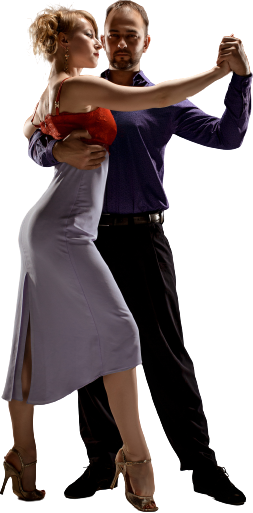Salsa Dance Studio in Mohali and Chandigarh
Step2Step is the best Salsa dance classes in Chandigarh and Mohali.
It is one of the oldest dance forms developed in the mid-1920s in New York City. This dance form has strong influences from Latin America, particularly Cuba. It emerged from various dance forms such as Cha Cha Cha, Mambo, Son Montuno, etc which were popular in the Caribbean. Salsa is also famous as a social dance and can be usually seen in ballrooms, restaurants, bars, nightclubs, and outdoor parties or festivals. This is an international form of dancing that can be seen in a lot of metropolitan cities.
What Is Salsa?
No, we’re not talking about the delicious dip you eat with your tortilla chips. Salsa is a dance and a musical style with deep Caribbean and African roots. It’s very popular in almost all Latin America, and among Latino communities in the United States. In recent years, this dance has also gained popularity in Europe and in Asia. Maybe you’ve already seen it, or even tried it yourself.

The salsa rhythm is widely recognized for being catchy, sensual, and easy to learn, yet very difficult to master. There are several academies throughout the world dedicated to teaching this dance at different levels of difficulty. There are even worldwide competitions dedicated to salsa, such as the World Salsa Championship and the World Salsa Open.
Origins & History of Salsa
The origins of salsa date back to the 1900s in Eastern Cuba, where musical elements and rhythms from various styles were combined. Cuban son and Afro-Cuban rumba, the two main styles, used diverse musical instruments to create the basis of a rhythm that would later become known as salsa.
Almost 50 years went by before this new rhythm reached Havana. There, salsa absorbed influences from other local Cuban music and from American jazz and continued to evolve. Due to the Revolution in Cuba, many musicians relocated to the United States, especially to New York City. Among the Hispanic community, these musicians found an ideal environment to develop their rhythm into what we know as salsa today; this was especially true in ”El Barrio”, also known as Spanish Harlem.
The definite rise and jump to fame of salsa happened thanks to Fania Records, a record label established in 1964 by musician Johnny Pacheco and Italian-American lawyer Jerry Masucci. This label became extremely famous, producing one huge hit after another. Many of the artists who signed with this label are now regarded as legends of salsa, particularly the team of ‘Fania All-Stars’. This group included celebrities such as Celia Cruz, Héctor Lavoe, Cheo Feliciano, and Rubén Blades, among others.
Fania Records edited the rhythms which originated in Cuba and gave them a sound that was catchier and more easily accepted by the New York Latin market. To better merchandise their music, Fania called this new sound salsa.
Salsa music is a mix of different Caribbean rhythms and instruments; that diversity provides its unique sound. Salsa dance has similarly evolved and adapted over the years to better suit the tastes of different localities, leading to the creation of different regional styles of salsa.
